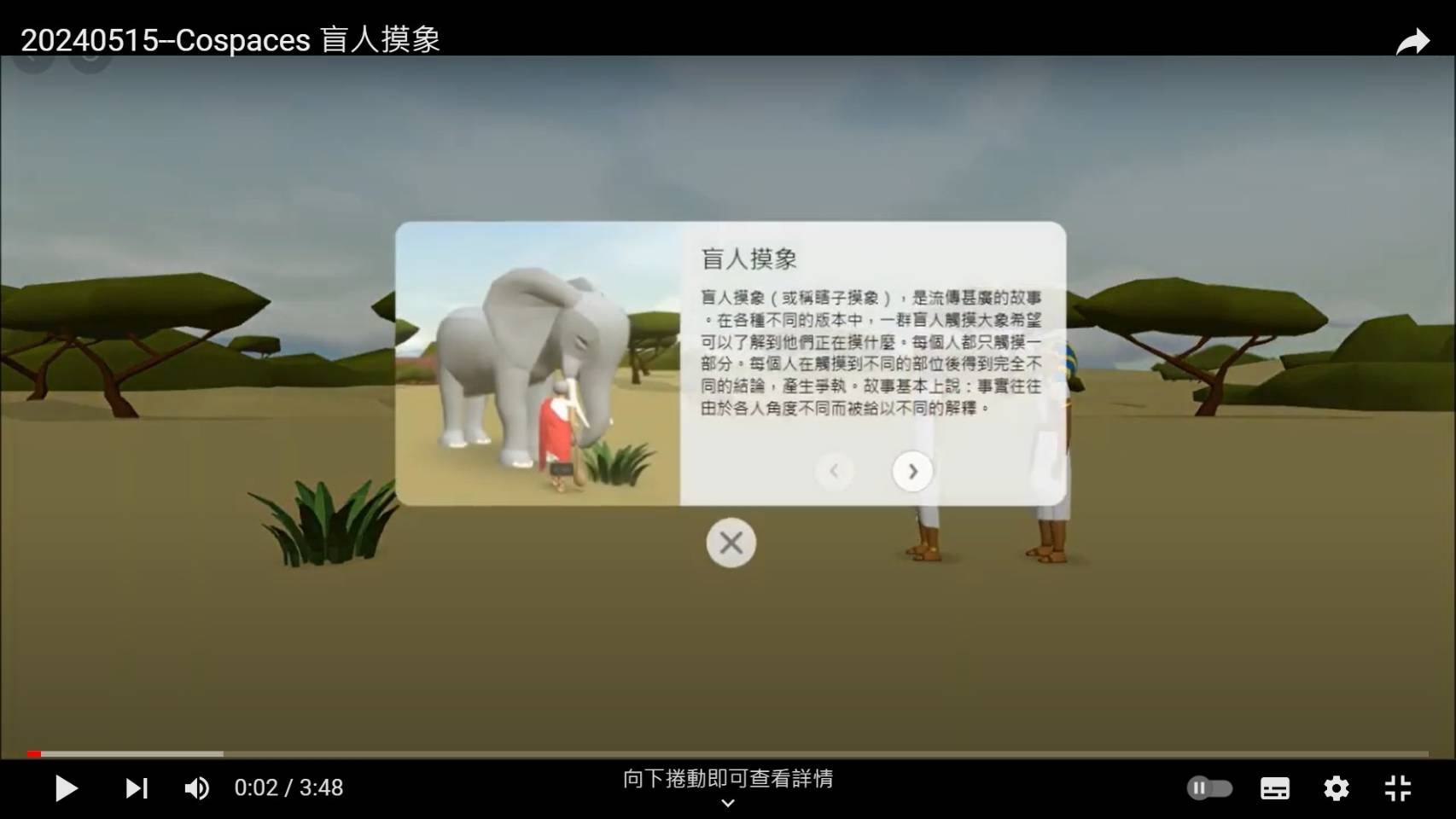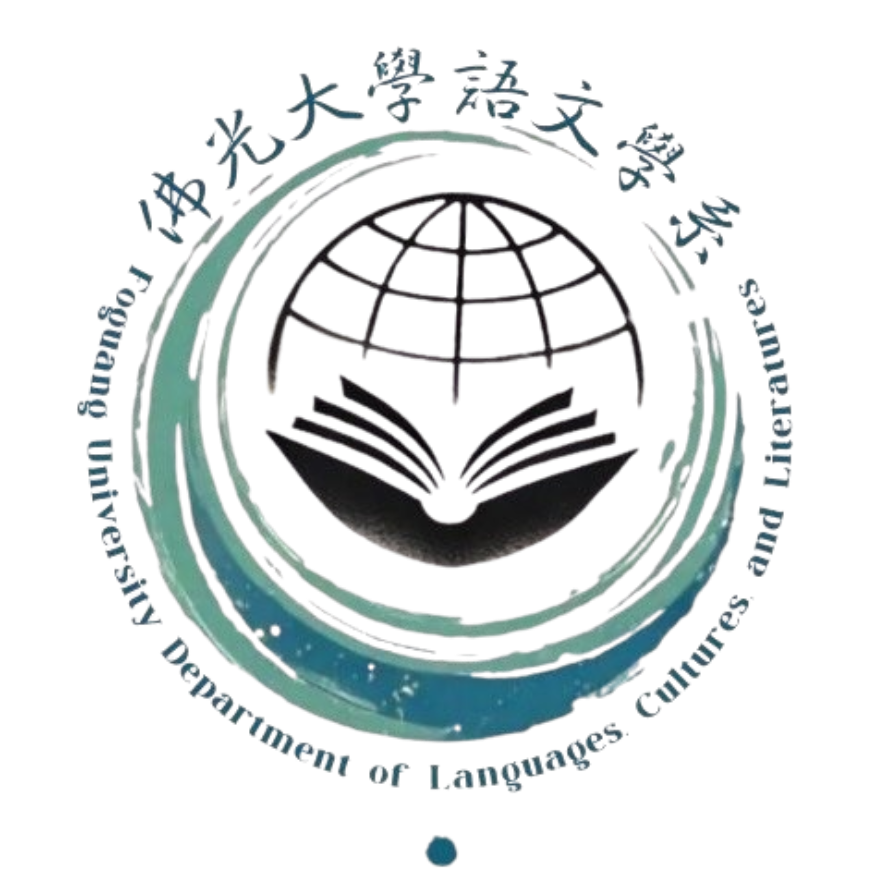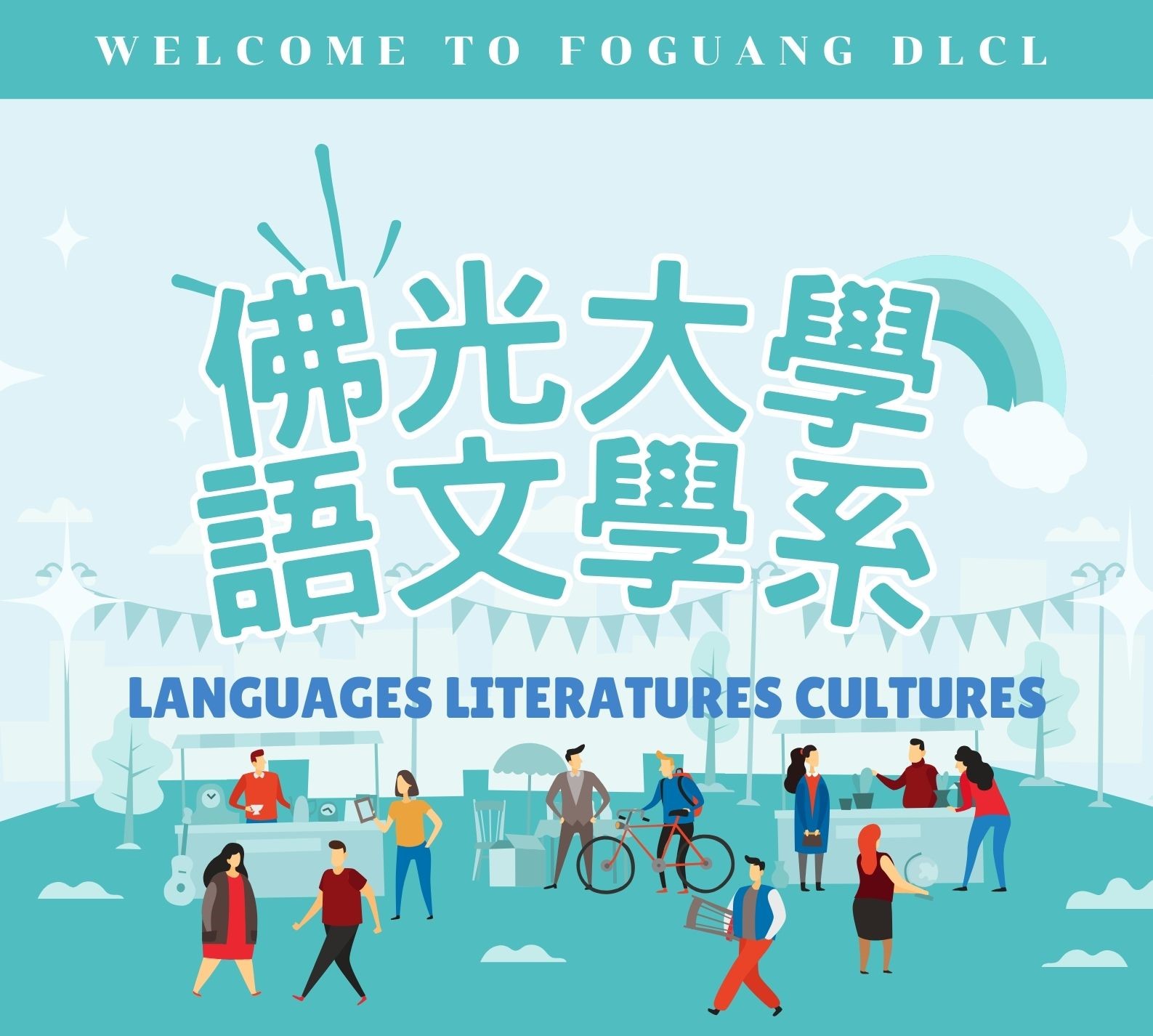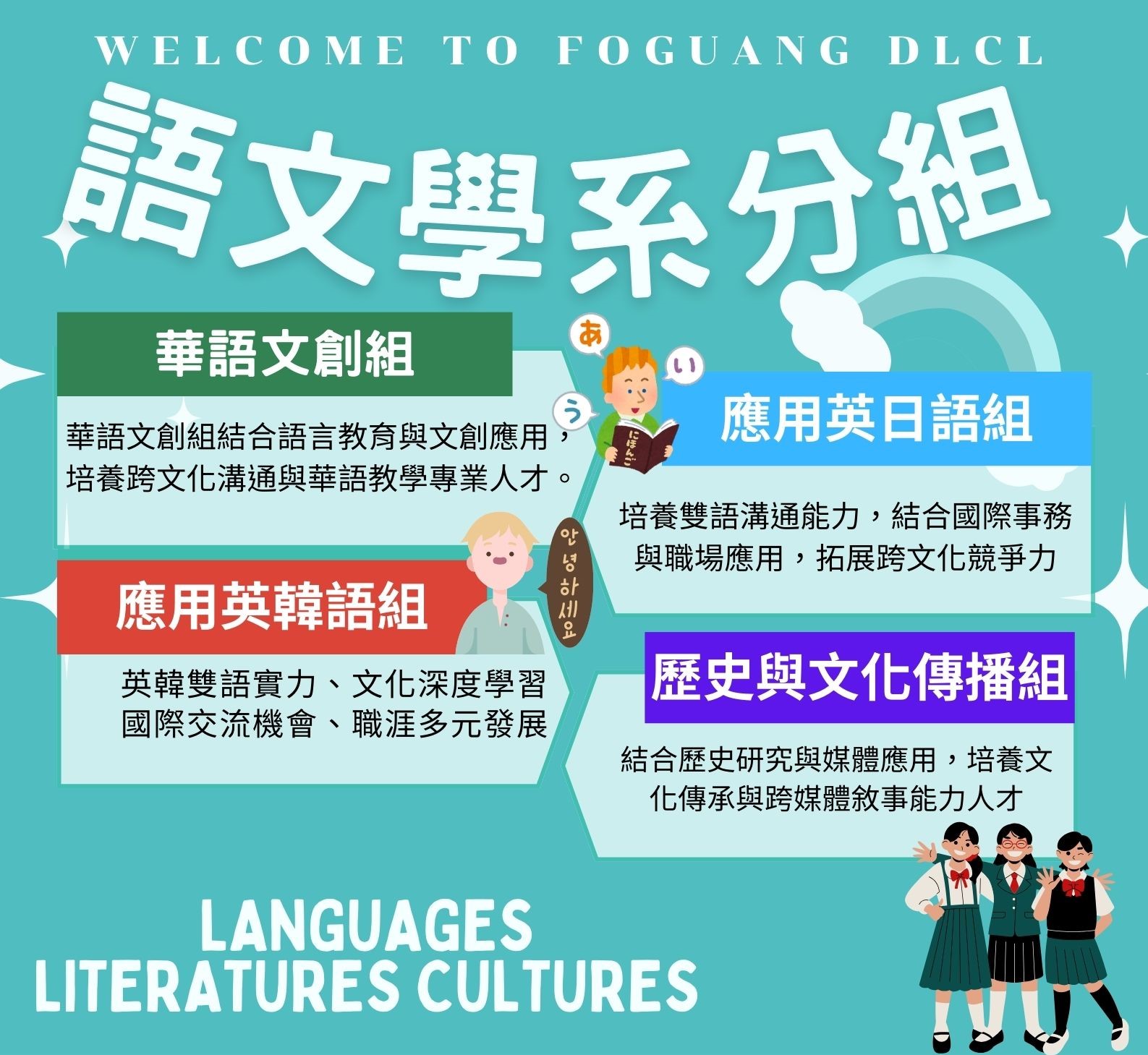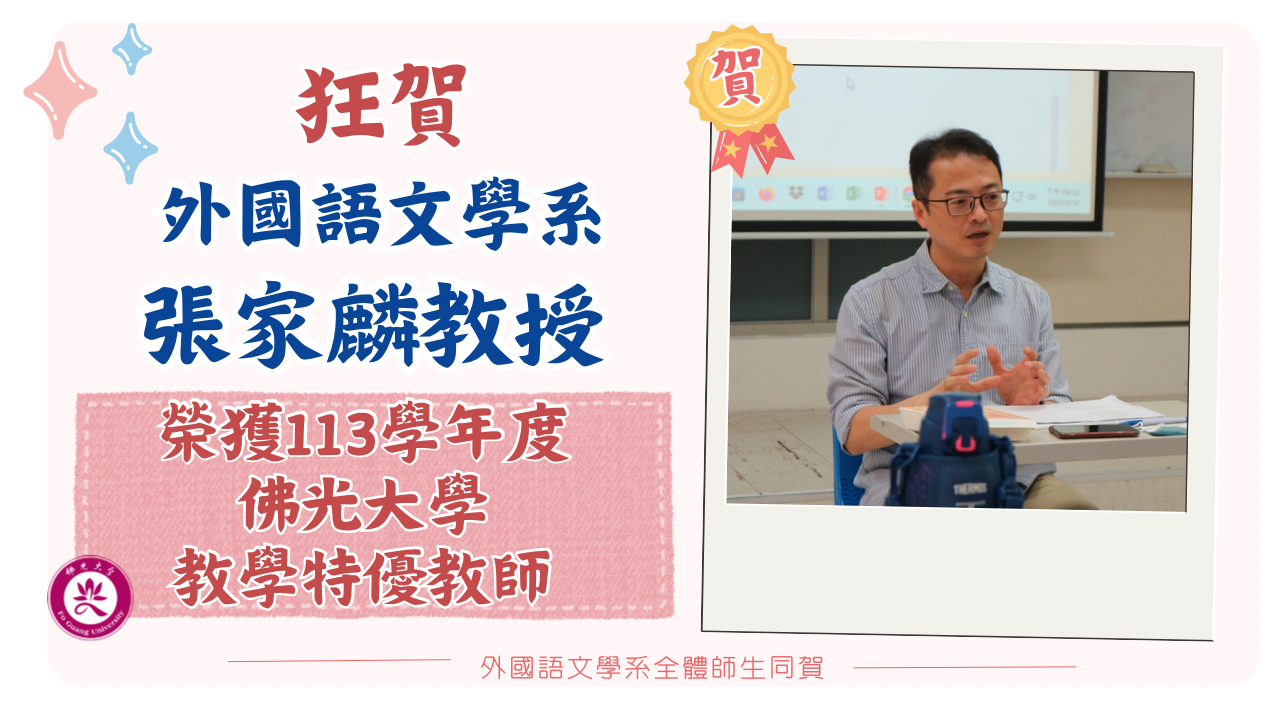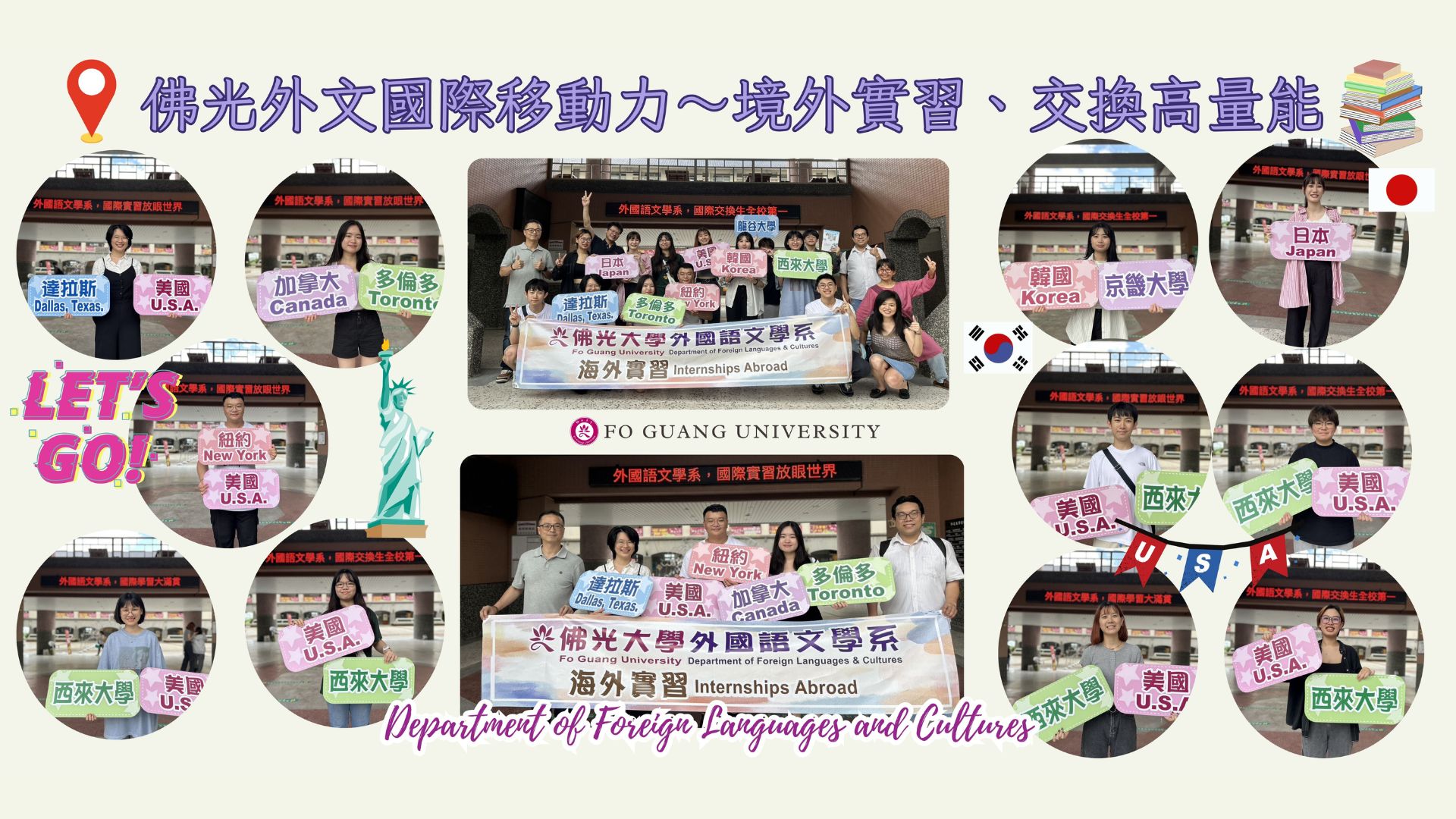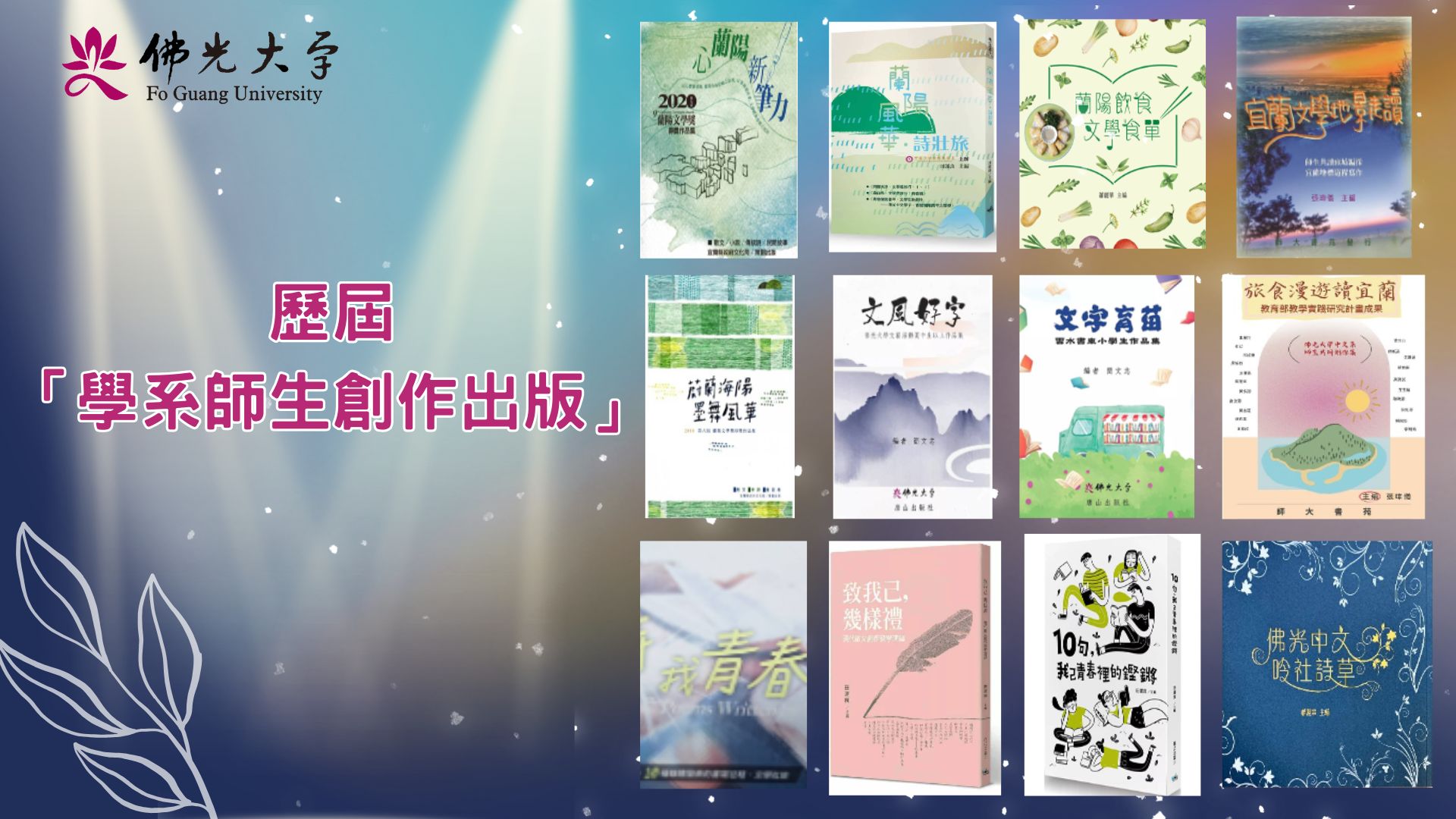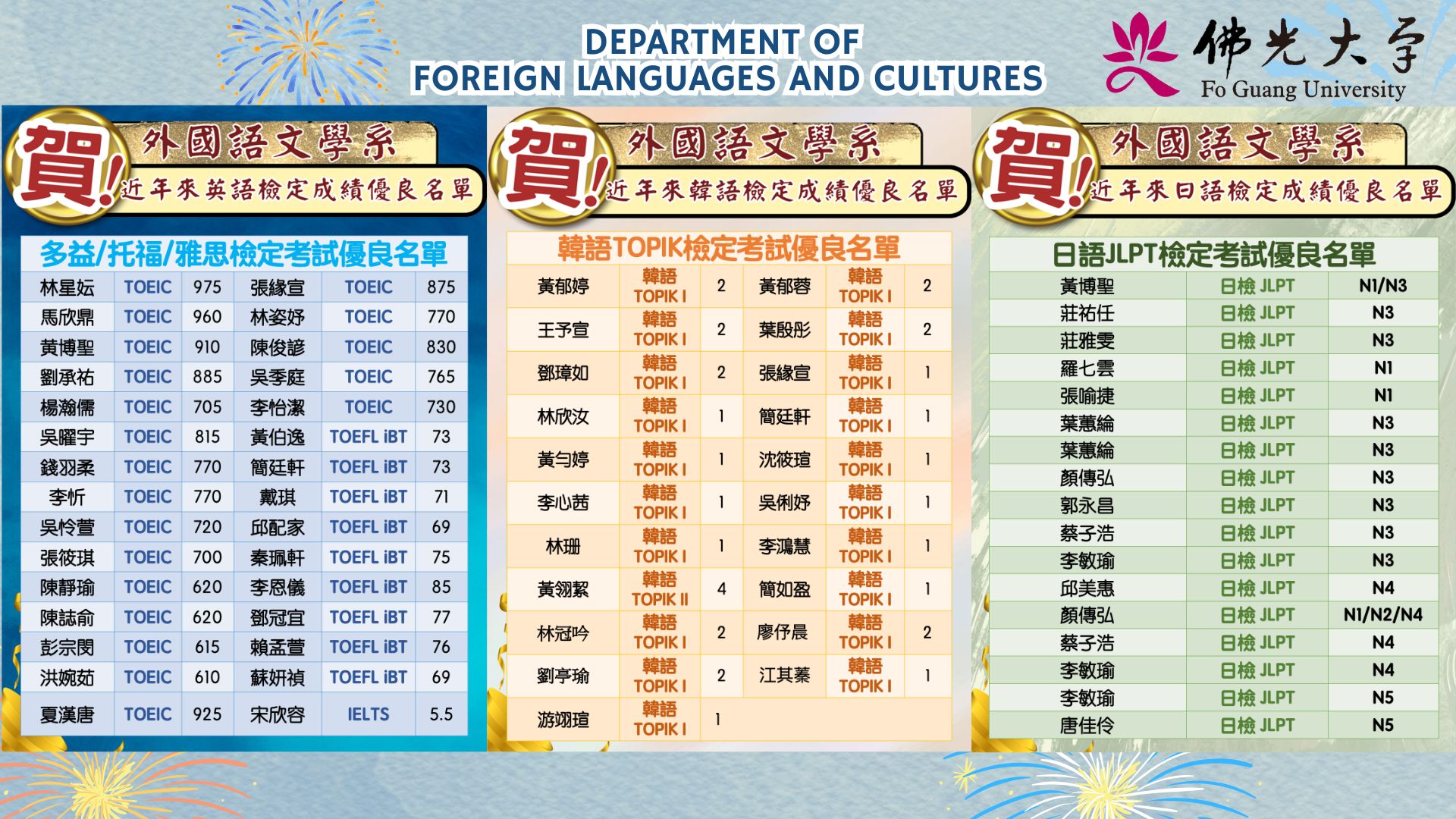同时配合教育部「数码人文创新人才培育计画」先导型计画之「促进人文与科技跨领域创新合作」、「发展数码学习与应用」目标,提昇数码与文学跨领域课程,规划实施数码人文课程、研发数码学习教材,如「AI数码文字语法研究」课程,创生语文学系华语文创组的「汉字数码动画制作」课程,以app设计杂志封面,以Cospaces结合传统中华文化创作3D动画等等,增强该系教学品质及学术成果,勾勒文学与数码发展的蓬勃生机。
以此,更能强化在地文化艺术机构共同数码产学合作,并且发展数码典藏,厚植数码学习与典藏价值核心能力,建置历史文物、艺术品数码化,同时培养数码与文学创新人才,具人文与科技的竞争力。
【Integration of learning and practice】The Department of Language and Literature develops digital teaching and combines it with literary practice
When digital and literature meet, what it brings us is not the challenge of information technology, but the joy of meeting. This beautiful encounter is just like the Buddhist meaning of the "Four Giving Spirits" mentioned by Master Hsing Yun of Fo Guang Shan - "giving people confidence, giving people joy, giving people hope, and giving people convenience". It cultivates students' confidence in creating digital and literary works, and makes them willing to learn the value-added applications of the integration of digital and literature, and actively participate in academic activities, so that students are full of hope for the future and provide innovative possibilities for the research and teaching in the professional fields of teachers and students in the department.
At the same time, in line with the Ministry of Education's "Digital Humanities Innovation Talent Cultivation Program" pilot project's goals of "promoting cross-disciplinary innovative cooperation between humanities and technology" and "developing digital learning and applications", we will enhance cross-disciplinary digital and literary courses, plan and implement digital humanities courses, and develop digital learning materials, such as the "AI Digital Text Grammar Research" course, the "Chinese Character Digital Animation Production" course of the Chinese Language and Literature Department's Creative Language and Literature Department's Chinese Language and Literature Group, use apps to design magazine covers, and use Cospaces to combine traditional Chinese culture to create 3D animations, etc., to enhance the department's teaching quality and academic achievements, and outline the vigorous vitality of literary and digital development.
This will further strengthen the digital industry-university collaboration among local cultural and arts institutions, develop digital collections, build core capabilities in digital learning and collection value, digitize historical relics and artworks, and cultivate digital and literary innovation talents with competitiveness in humanities and technology.


